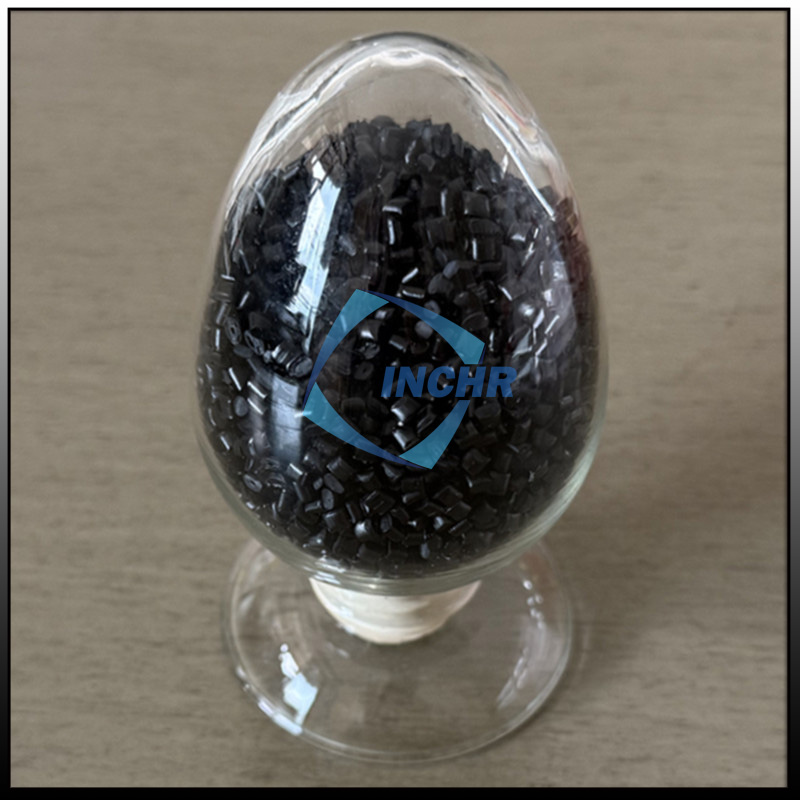Introduction Carbon Fiber Reinforced Nylon
In the quest for materials that combine lightweight design with exceptional durability, carbon fiber reinforced nylon (CFRN) has emerged as a frontrunner. This advanced composite blends nylon’s flexibility with carbon fiber’s rigidity, creating a material that outperforms metals and standard plastics in critical applications. Below, we break down the 8 key advantages of CFRN and explain why industries like automotive, aerospace, and robotics are adopting it at a rapid pace.

1. Exceptional Strength-to-Weight Ratio
CFRN’s most celebrated advantage is its ability to provide metal-like strength at a fraction of the weight. Carbon fibers boost nylon’s tensile strength by 50–70%, while maintaining a density of just 1.3–1.4 g/cm³ (compared to aluminum’s 2.7 g/cm³).
- Why it matters: Ideal for lightweighting in electric vehicles (EVs), drones, and aerospace components, where reducing mass improves energy efficiency and payload capacity.
2. Superior Heat Resistance
Standard nylon warps at temperatures above 120°C, but CFRN retains structural integrity up to 180°C due to carbon fibers’ thermal stability.
- Applications: Engine housings, electronic enclosures, and industrial machinery operating in high-heat environments.
3. Enhanced Chemical and Moisture Resistance
Carbon fibers create a barrier that protects nylon from:
- Oils, fuels, and solvents.
- Humidity and moisture absorption (critical for outdoor or marine applications).
- Result: Longer lifespan in harsh conditions compared to unreinforced plastics.
4. Dimensional Stability
CFRN minimizes warping and shrinkage during manufacturing processes like 3D printing or injection molding.
- Precision: Ensures tight tolerances for complex geometries, reducing post-processing costs.
5. Vibration Damping Properties
The composite’s carbon fiber matrix absorbs vibrations 40% more effectively than metals like aluminum.
- Use cases: Robotics, CNC machinery, and automotive components requiring noise reduction and smoother operation.
6. Design Flexibility
CFRN accommodates intricate designs that are difficult or costly to achieve with metals:
- Compatible with 3D printing, injection molding, and CNC machining.
- Enables lightweight, consolidated parts (reducing assembly steps).
7. Cost Efficiency
While CFRN has a higher material cost than standard nylon, it offers long-term savings:
- Lower tooling costs for complex molds.
- Reduced part replacement due to wear resistance.
- Energy savings from lightweight components (e.g., in EVs).
8. Sustainability Potential
Innovations in CFRN are aligning with eco-friendly goals:
- Recycled carbon fiber: Up to 30% of production waste can be reused.
- Bio-based nylons: Renewable sources like castor oil are replacing petroleum-based polymers.
Carbon Fiber Reinforced Nylon vs. Alternatives: A Quick Comparison
| Property | CFRN | Aluminum | Standard Nylon |
|---|---|---|---|
| Density | 1.3–1.4 g/cm³ | 2.7 g/cm³ | 1.1–1.2 g/cm³ |
| Max Temp | 180°C | 250°C | 120°C |
| Corrosion Res. | High | Moderate | Low |
Carbon fiber reinforced nylon bridges the gap between plastics and metals, offering a balanced solution for modern engineering challenges.
Industries Leveraging Carbon Fiber Reinforced Nylon Is Advantages
- Automotive: Battery trays, brackets, and lightweight structural parts for EVs.
- Aerospace: Drone frames, UAV components, and interior panels.
- Consumer Goods: Durable wearables, sports equipment, and high-end electronics.
- Industrial: Gears, bearings, and conveyor parts exposed to heavy loads.
Future-Proofing with Carbon Fiber Reinforced Nylon
As industries prioritize sustainability and performance, CFRN is evolving:
- AI-driven design: Software optimizes fiber alignment for maximum strength.
- Hybrid composites: Blending CFRN with glass fiber or graphene for specialized properties.
Conclusion
Carbon fiber reinforced nylon isn’t just a material – it’s a strategic advantage for engineers and designers. Its blend of lightweight strength, thermal resistance, and design versatility makes it indispensable for high-performance applications.




